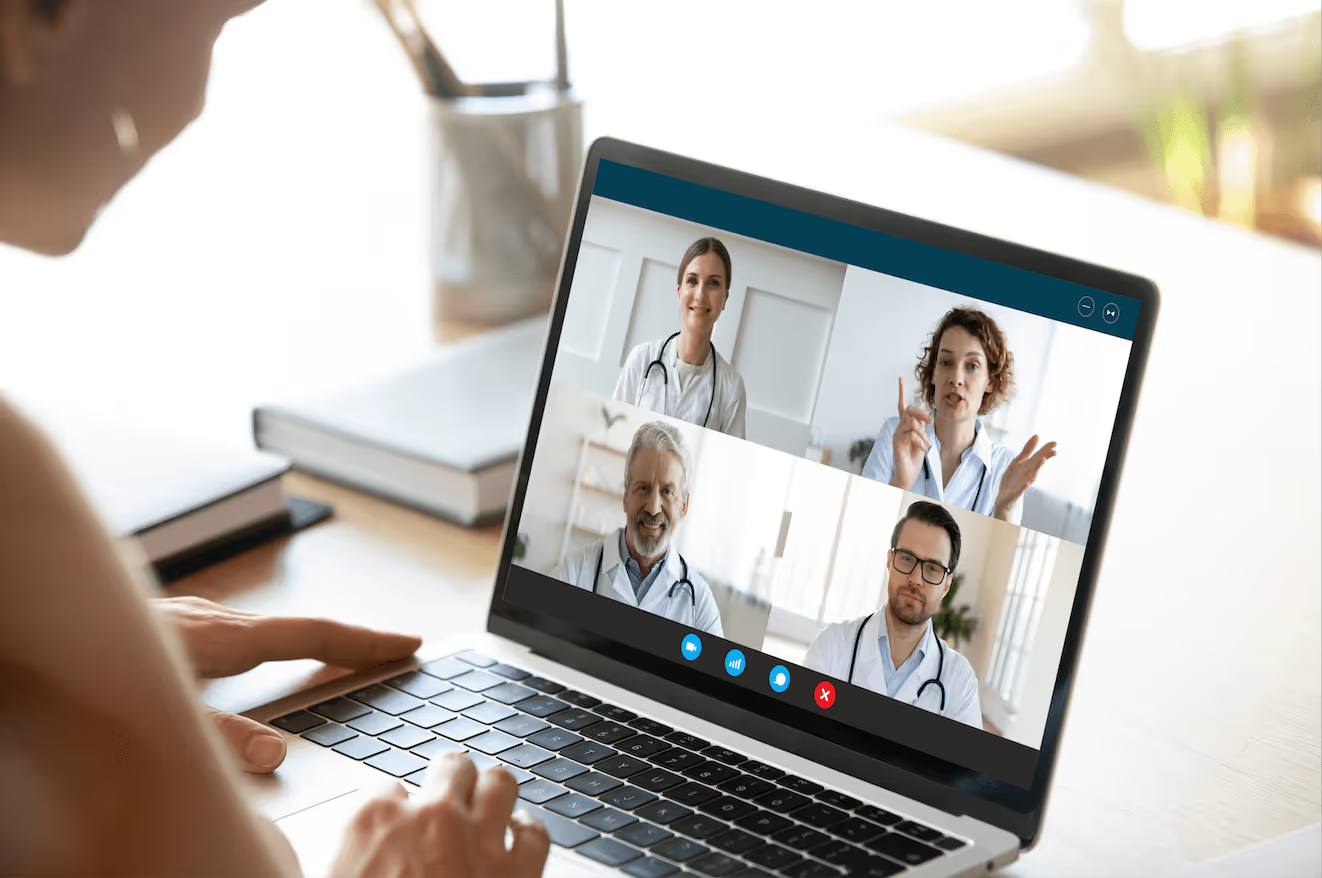The Last Mile of Telehealth

The COVID-19 pandemic undoubtedly accelerated the adoption of telehealth services. People who had previously resisted scheduling virtual appointments with their physician were forced to do so when clinics and practices shut down to all but the sickest of patients, and leaving your home became increasingly more of a risk. The fear of contagion made virtual doctor visits a necessity. Once they experienced the convenience of telehealth, the vast majority of patients were willing to embrace it as a permanent option for getting care. Post-pandemic, telehealth is now an integral part of how we deliver healthcare in the U.S., as it provides both efficiency and convenience.
The bad news? There are limits to a clinician’s ability to diagnose or properly monitor patients without vitals checks and lab tests. Even before the pandemic, patients delayed diagnosis and treatment because of the logistical burden of getting to the lab for the specimen collection and tests. For more than a few, that delay had serious health consequences. Once patients are diagnosed and have a prescription in hand, they still need to head to a local pharmacy to pick up that prescription -- which can sometimes mean a long wait. The alternative? Order a prescription for delivery, which can mean waiting a few days longer to get the medication you need.
These are a few examples of what we typically refer to as “the last mile” of telehealth. Even as telehealth has become ubiquitous, there are gaps in terms of what can be provided virtually.
The good news? Entrepreneurs and innovators see those gaps not as challenges, but as opportunities.
Take Kiddo, for example. They have a remote patient monitoring platform for pediatric patients with asthma, chronic heart conditions and more. Children wear a device that monitors their vitals and alerts parents and physicians if anything seems awry. It also includes a parent app that can provide general guidance and connect the family instantly to a physician via telehealth. As a result, clinicians can be far more accurate in their recommendations – even if they are providing a virtual consultation – because they have access to patient data.
Sprinter Health fills the gap in a different way, by sending phlebotomists and nurses (“Sprinters”) into the home to perform vitals checks, lab draws and more. This can be after a virtual visit with a doctor to assist with diagnosis or in advance of an appointment to provide additional background data for a more fruitful visit.
Finally, once diagnosed and with a prescription from their doctor, patients can avoid the hassle or delay in getting the medication they need by relying on companies like NowRx. This Silicon Valley innovator uses artificial intelligence, robotics, micro-fulfillment centers and HIPAA-trained drivers to provide same-day delivery in the areas where it operates.
These are just some of the companies focused on the “last mile” of telehealth, building solutions to fill the gaps in telehealth services. As we bridge those gaps, more and more start-ups will begin addressing barriers to healthcare, ultimately helping to make telehealth services more effective and accessible.





